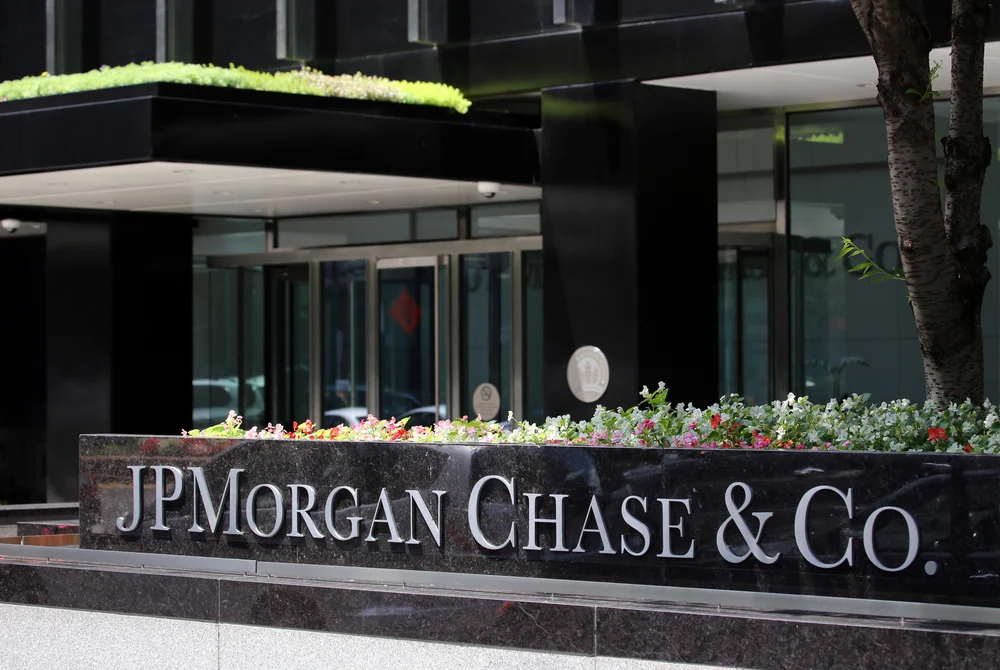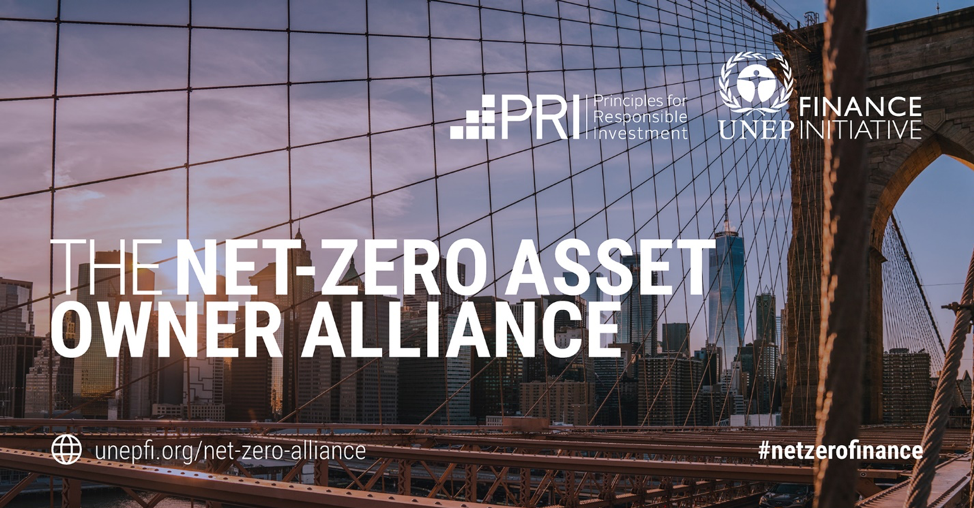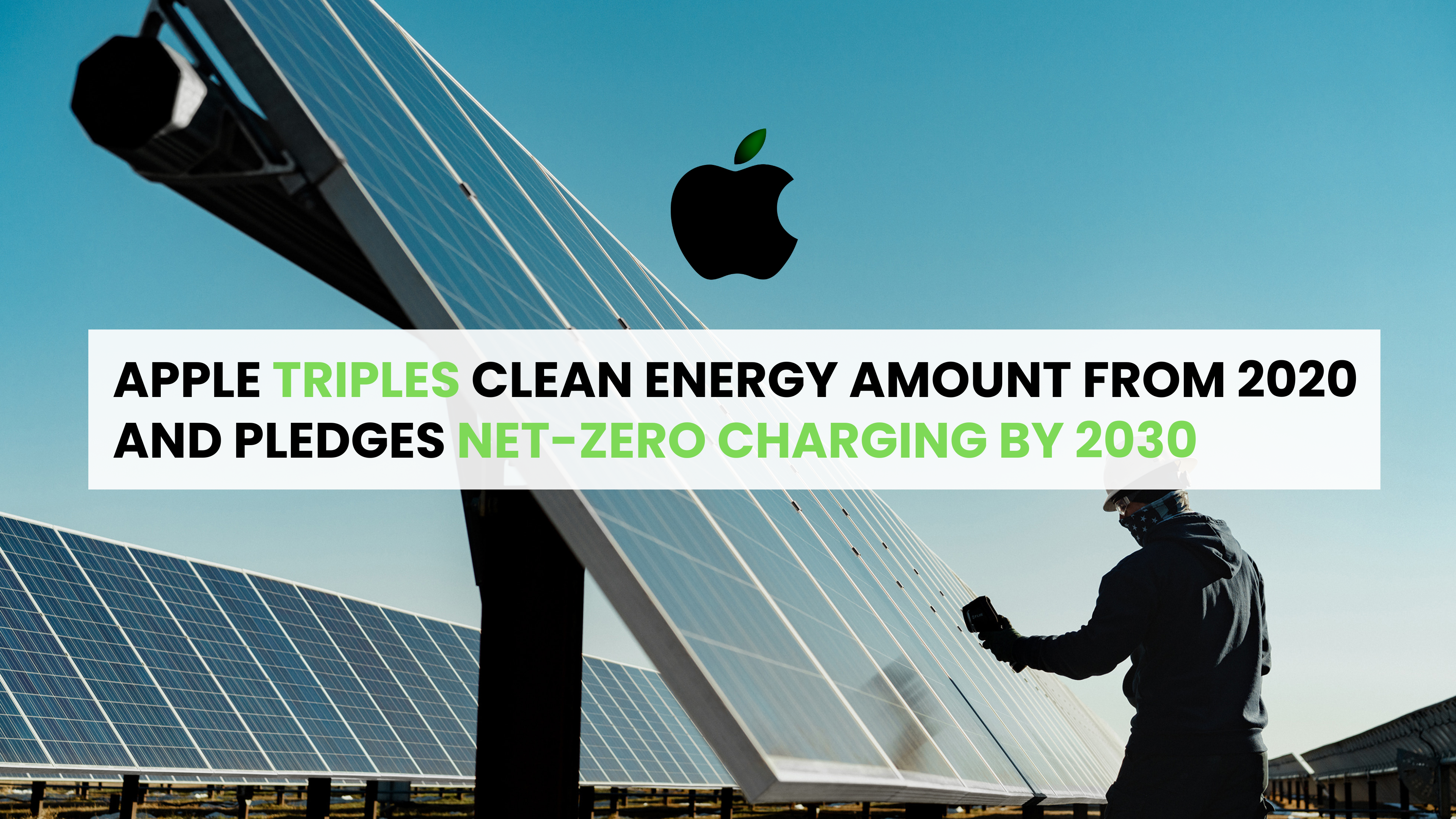DWS Expands Xtrackers ESG Suite with Dividend, Growth and Value ETFs

DWS, one of the world’s leading asset managers, announced the listing of three new ETFs that provide exposure to U.S. equity investment styles with ESG screened U.S. dividend, growth and value-oriented equities.
The products, which listed on the CBOE, BZX Exchange today are:
- Xtrackers S&P ESG Dividend Aristocrats ETF (CBOE: SNPD)
- Xtrackers S&P 500 Growth ESG ETF (CBOE: SNPG)
- Xtrackers S&P 500 Value ESG ETF (CBOE: SNPV)
The new listings strengthen DWS’s ESG Xtrackers suite that, together with their competitive net expense ratios, ranges across most major equity and fixed income markets and can be used as core portfolio building blocks. The $4 billion fund suite includes: Xtrackers S&P 500 ESG ETF (NYSE Arca: SNPE), Xtrackers S&P MidCap 400 ESG ETF (NYSE Arca: MIDE) and Xtrackers S&P SmallCap 600 ESG ETF (NYSE Arca: SMLE). The ESG ETFs suite is part of DWS’s $18 billion Xtrackers U.S. listed portfolio of global equities and fixed income strategies.
“At a time of high inflation and rising interest rates, investors are looking for products that allow them to target specific investment styles in order to tailor their portfolios in line with market expectations,” said Arne Noack, Head of Systematic Investment Solutions, Americas. “Our dividend, growth and value ESG ETFs let them do that, while adding to our series of ETFs that can be useful for investors seeking credible ESG alternatives to mainstream equity indices. New funds also reinforce DWS’s capacity to provide innovative ESG-centric investment solutions across asset classes.”
Margaret Dorn, Senior Director, Head of ESG Indices, North America, S&P Dow Jones Indices said, “We’re very pleased that DWS has selected S&P Dow Jones Indices’ equity ESG indices as underlying benchmarks for their new ETFs. We’re proud to collaborate with clients such as DWS to continue expanding the range of sustainable index-based solutions in the market and provide more transparency to investors in the U.S.”
Amanda Rebello, Head of Passive Sales, U.S. Onshore at DWS, commented: “We are pleased to continue providing innovation in the industry by developing funds that can meet the needs of investors seeking competitively priced core building blocks of a portfolio that also incorporate ESG investment considerations. With the addition of these new funds, ESG investing can now be embedded into an all-cap, all-style solutions for U.S. equities.”
See related article: VanEck Launches Green Infrastructure ETF Amid Growing Focus on U.S. Infrastructure Upgrades and Sustainability
Description of Underlying Indexes and ETF Expense Ratios
Xtrackers S&P ESG Dividend Aristocrats ETF seeks investment results that correspond generally to the performance, before fees and expenses, of the S&P ESG High Yield Dividend Aristocrats Index. The S&P ESG High Yield Dividend Aristocrats Index measures the performance of constituents from the S&P High Yield Dividend Aristocrats Index that meet certain ESG criteria. The S&P High Yield Dividend Aristocrats Index measures the performance of companies within the S&P Composite 1500® Index that have followed a policy of consistently increasing dividends every year for at least 20 years.
Xtrackers S&P 500 Growth ESG ETF and Xtrackers S&P 500 Value ESG ETF seek investment results that correspond generally to the performances, before fees and expenses, of the S&P 500 Growth ESG Index and the S&P 500 Value ESG Index, respectively. The S&P 500 Growth ESG Index and the S&P 500 Value ESG Index are broad-based, market capitalization weighted indices that provide exposure to companies with high ESG performance relative to their sector peers, while maintaining similar overall industry group weights as the S&P 500 Growth Index and the S&P 500 Value Index, respectively.
S&P’s assessment of a company’s growth characteristics is generally based on the company’s three-year net change in earnings per share over current price, the three-year sales per share growth rate, and a twelve-month percentage price change measure of momentum. Value characteristics are generally based on the company’s book value to price ratio, earnings to price ratio, and sales to price ratio. A scoring system is used to rank companies on a growth and value basis, with the top third or so of companies selected for each category.
All three ETFs utilize ESG filtering in addition to their investment style focus, and have net/gross expense ratios of 0.15%.
ESG criteria are a set of standards for a company’s operations that socially conscious investors use to screen potential investments: Environmental (how a company performs as a steward of nature); Social (how a company manages relationships with employees, suppliers, customers, and communities); Governance (company’s leadership, executive pay, shareholder rights, etc.).
Source: DWS






